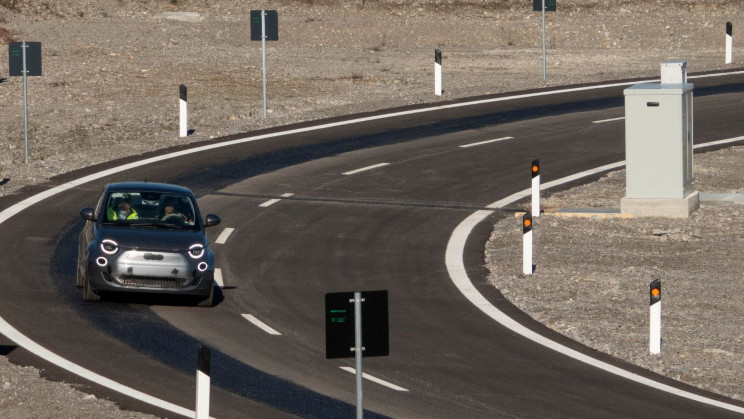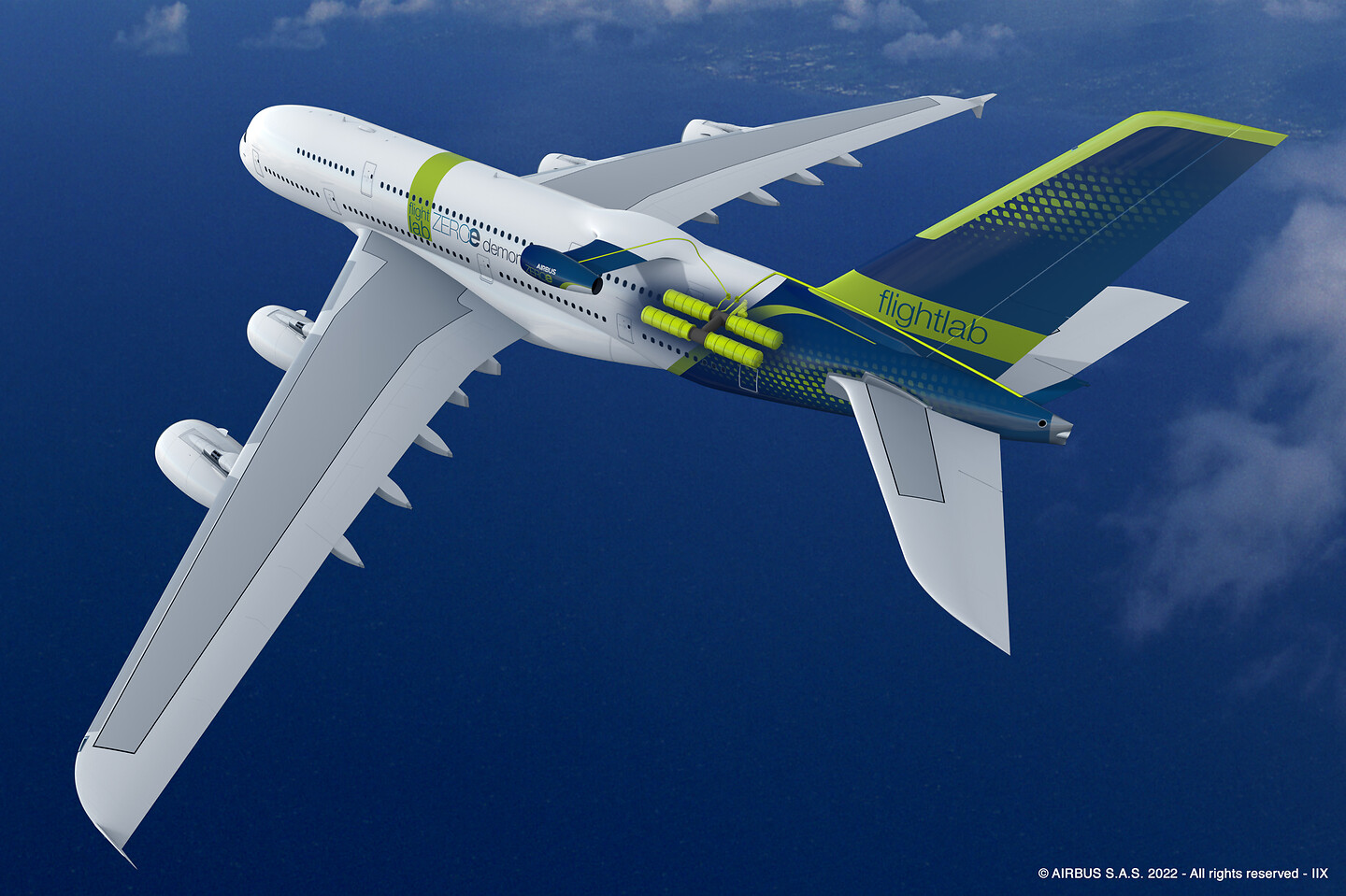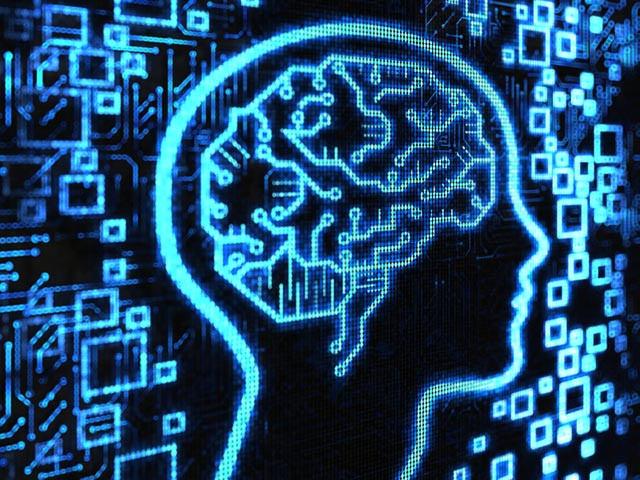Analyzing City Data Leads to Global Smart Urban Centers
New York City has begun unlocking its full potential as a global smart urban center; it has one of the oldest subway systems in the world but has spent hundreds of millions of dollars upgrading it.
Recently, the Metropolitan Transportation Authority (MTA) decided to install transponders, radio receivers and other technology in its commuter and subway systems to create a “smarter system”. New York City’s NextGen program is beginning to use satellites and digital communication, replacing the current ground-based system to track and locate planes that use the city’s airports.
These types of automated systems allow municipalities to improve services and expand flight capacity and services to medium size and small airports, without prohibitive expense, capitalizing on new efficiencies.
Improving City Transportation Systems Through Automated Data Exchange
In New York City, administrators everywhere are working to improve collaboration with state, provincial, and national levels of government. All of these entities are in the midst of a revolution to next-generation software and technology that will more fully interconnect and integrate, allowing people and systems to interact in new ways. Another example is automated data exchange connecting municipal assets such as parking spaces, street lights and garbage bins allowing managers to put out fires quickly.
Cities estimate that 15 to 30 percent of inner city traffic involves drivers driving around in circles looking for a parking space. Managers can vastly improve quality of liver of citizens and visitors by using automated technology to help drivers find spots, administrators to manage traffic patterns, lighting, waste management and utilities.
Integrating Cities and Their Small And Large Constituents
Cities are now driven to use high-tech instruments to report and analyze nearly everything, as noted above, but they are also starting to engage more than ever before with small and large companies, NGOs, and the people they serve, all with the goal of improving inter-relationships between systems that make up and serve the city.
Moving city functions from separate and distinct and therefore isolated silos of focus, expertise and function to a fully integrated system that capitalizes on the knowledge and expertise of all of its constituents, especially large and well funded private entities is paramount.
Software, Software, Software
Information technology or software is now the major tool cities are using to be smarter and more efficient. Cisco, for example, is planning to roll out a suite of analytics technologies in dozens of cities around the world over the next five years. IBM, to date, has led in providing city managers with data tools to collect and analyze this quickly growing pool of information.
Links to related IndustryTap articles:
- Removing Billions Of Vehicle Miles With Cost-Effective Electric Monorails
- Los Angeles $1.5 Billion “Water Supply Action Plan”
- Driverless Vehicles Are The Next Step In The Evolution Of Transportation
- Ten Ways to Transform Cities through Placemaking & Public Spaces
- Hiriko: The Future of Personal Mobility
References and related links:





